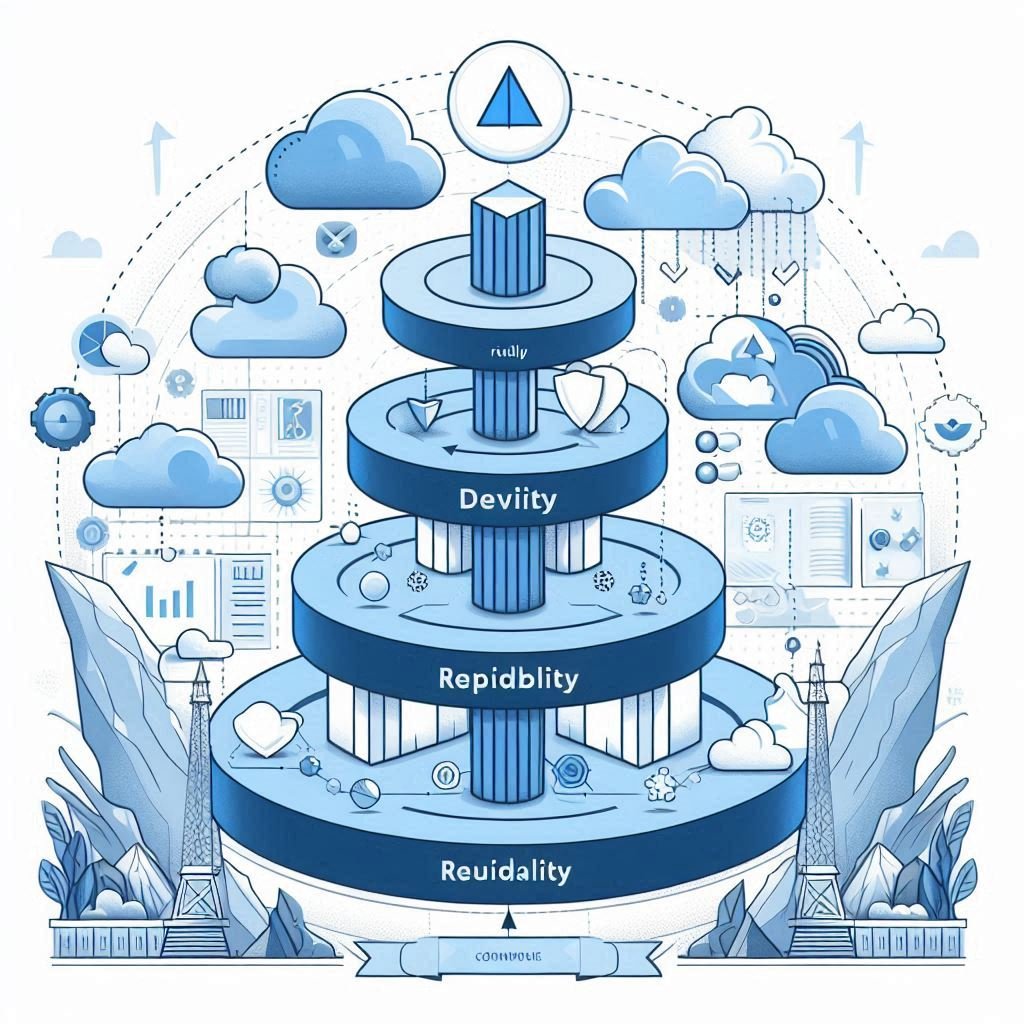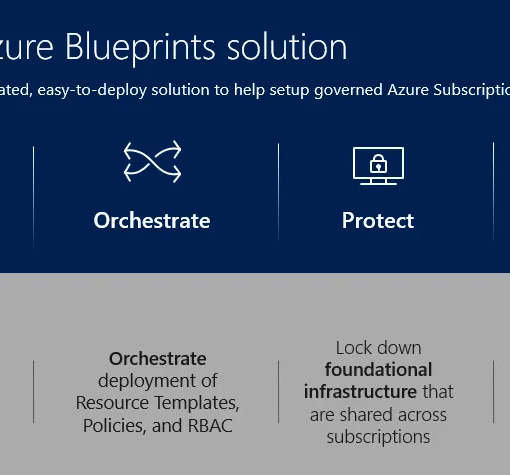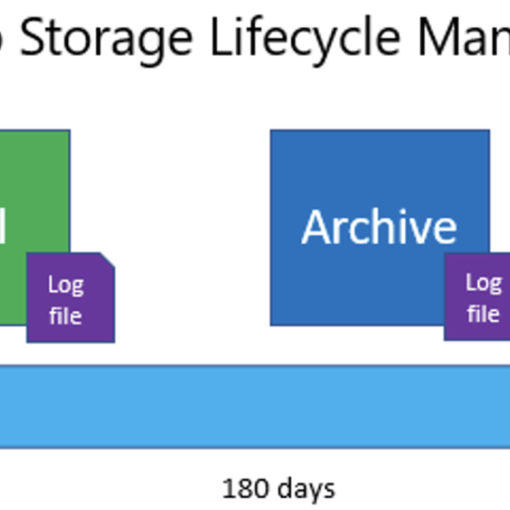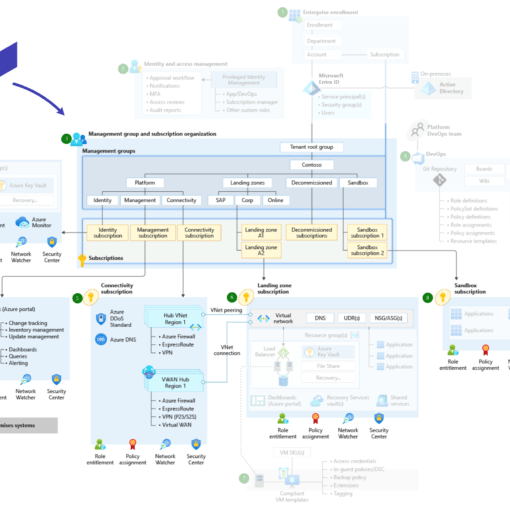
In the dynamic world of cloud computing, ensuring that your applications are resilient to disruptions is crucial. This is where the Reliability Pillar of the Azure Well-Architected Framework comes into play. This pillar focuses on designing applications that can recover from failures and continue to function smoothly, ensuring a seamless experience for users and maintaining business continuity. Let’s dive deeper into the Reliability Pillar, its importance, and how you can implement it effectively.
What is the Reliability Pillar?
The Reliability Pillar is one of the five pillars of the Azure Well-Architected Framework. It is designed to help you build applications that are resilient and capable of recovering quickly from failures. The goal is to ensure that your applications can provide consistent service and meet user expectations, even when unexpected issues arise.
Importance of Reliability in Cloud Architecture
Reliability is crucial for several reasons:
- User Satisfaction: Reliable applications provide a consistent and uninterrupted user experience, which is vital for maintaining customer trust and satisfaction.
- Business Continuity: Ensuring that your applications can withstand failures helps in maintaining business operations without significant disruptions.
- Revenue Protection: Downtime can lead to lost revenue, especially for e-commerce platforms and financial services. Reliable systems help in minimizing such losses.
- Brand Reputation: Frequent downtimes can damage your brand’s reputation. Reliability helps in building and maintaining a strong, trustworthy brand image.
Key Principles of the Reliability Pillar
- Design for Resiliency
- Redundancy: Implement redundant components so that if one component fails, another can take over without service disruption.
- Fault Isolation: Design your system in a way that isolates faults, preventing them from cascading and affecting other parts of the application.
- Monitor and Diagnose
- Health Monitoring: Continuously monitor the health of your applications using Azure Monitor and Application Insights to detect issues early.
- Automated Recovery: Implement automated recovery processes to quickly address and resolve issues without human intervention.
- Manage Failures
- Graceful Degradation: Ensure that your application can continue to operate in a reduced capacity if some components fail, rather than completely shutting down.
- Retry Logic: Implement retry logic for transient failures to improve reliability and user experience.
- Disaster Recovery
- Backup and Restore: Regularly back up your data and test your restore procedures to ensure quick recovery from data loss.
- Geo-Redundancy: Use geo-redundant storage and services to ensure that your application can recover from regional failures.
Implementing the Reliability Pillar: Best Practices
- Distributed System Design Design your applications as distributed systems, spreading components across multiple regions and availability zones to enhance reliability and fault tolerance.
- Load Balancing Use load balancers to distribute traffic evenly across multiple instances of your application, preventing any single instance from becoming a point of failure.
- Health Probes and Alerts Set up health probes to check the status of your application components and configure alerts to notify you of any issues that need immediate attention.
- Regular Testing Conduct regular failure drills and chaos engineering practices to test the resiliency of your application and improve its ability to handle unexpected disruptions.
Use Case: E-commerce Platform
Imagine an e-commerce platform that experiences a sudden surge in traffic during a major sale event. Without a reliable architecture, the platform could crash, leading to lost sales and frustrated customers. By implementing the principles of the Reliability Pillar, such as load balancing, health monitoring, and automated recovery, the platform can handle increased traffic smoothly and continue to provide a seamless shopping experience.
The Reliability Pillar of the Azure Well-Architected Framework is essential for building robust and resilient cloud applications. By following its principles and best practices, you can ensure that your applications are capable of withstanding failures and providing consistent service to your users. Embrace the Reliability Pillar to enhance user satisfaction, protect revenue, and maintain a strong brand reputation.




